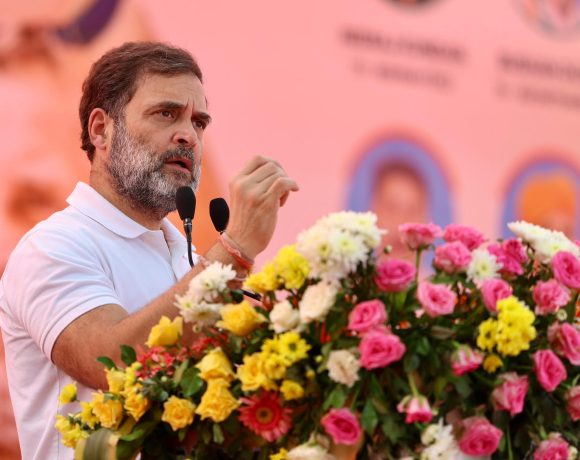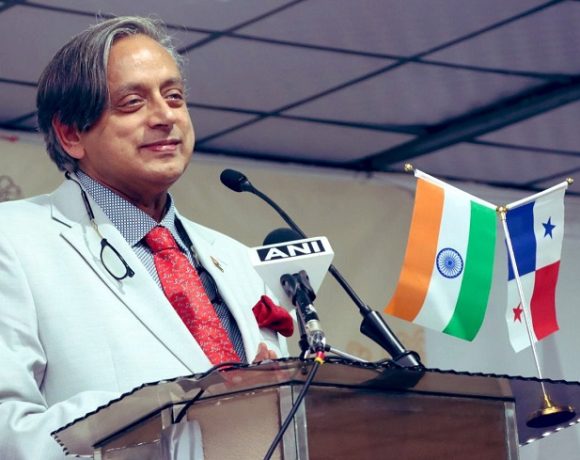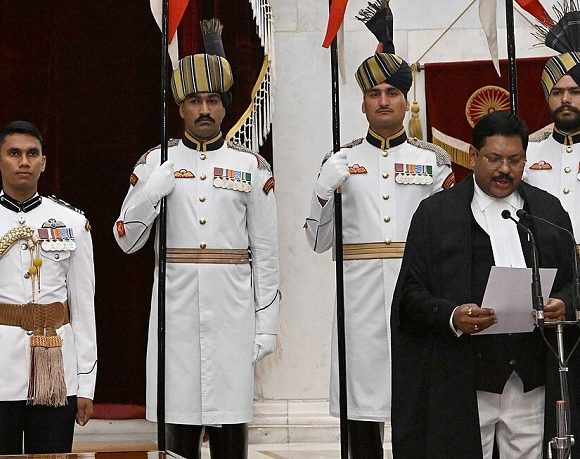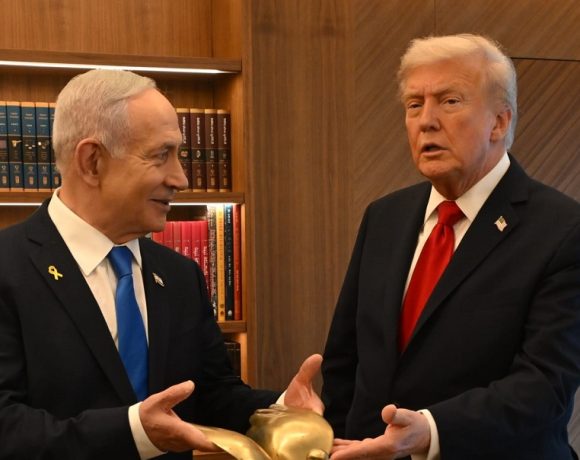
Amit Shah Pushes for Local Languages in Governance
Union Home Minister Amit Shah has urged all levels of government—central and state—to embrace local Indian languages in day-to-day administration. Speaking at the golden jubilee celebration of the Department of Official Language, Shah linked the use of Indian languages to a broader mission of decolonising governance and reconnecting with India’s cultural foundations.
Indian Languages in Government Work
Shah appealed to public officials to prioritise the use of Indian languages in official communication, noting that cultural identity and national pride are rooted in native expression. “Indian languages should be used as much as possible in government work,” he stated, adding that “our roots, traditions, history, identity and cultural way of life cannot progress if disconnected from language.”
He framed the move as essential to ensuring governance remains people-centric, culturally relevant, and truly representative of India’s linguistic diversity.
Hindi as an Ally, Not a Rival
Addressing long-standing concerns about linguistic dominance, Shah clarified, “Hindi is a friend of all Indian languages.” He was quick to reassure that there was “no opposition to foreign languages,” but emphasised that Indian languages should not be sidelined. Instead, he argued for an inclusive approach that celebrates multilingualism and empowers all citizens to participate in governance through their mother tongues.
He positioned Hindi not as a replacement for regional languages, but as a collaborative partner in the nation’s administrative evolution.
Call to Expand Language Use in Professional Fields
Amit Shah also called on state governments to increase the use of local languages in technical fields such as medicine and engineering. “We must be able to think, decide, and work in our own languages,” he said, asserting that this is key to breaking free from a colonial “slavery mindset.”
He stressed that expanding linguistic access to specialised education would democratise opportunities and bridge gaps in professional inclusivity.

















